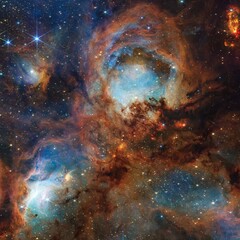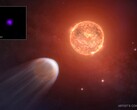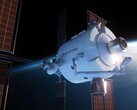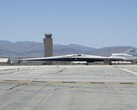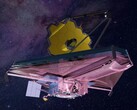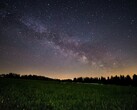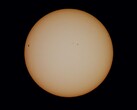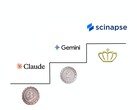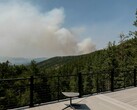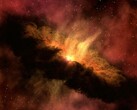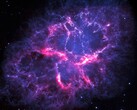NASA is celebrating the third anniversary of its James Webb Space Telescope by releasing a spectacular new image of a star-forming region within the Cat’s Paw Nebula. The nebula, also known as NGC 6334, is located in the Scorpius constellation, about 4,000 light-years away.
Webb’s Near-Infrared Camera (NIRCam) focused on a small section of the nebula, revealing a turbulent nursery where young stars are being born. The image shows these stars are carving away at the surrounding gas and dust clouds. Their bright starlight illuminates the area, producing a brilliant, nebulous glow represented in shades of blue. This dramatic activity is temporary — the behavior of these young stars will eventually bring star formation in the region to a halt.
The new observation provides scientists with an opportunity to study the complex process of star formation. Webb’s sharp resolution uncovered never-before-seen structural details of the region.
Three years into its mission, Webb continues to deliver on its design – revealing previously hidden aspects of the universe, from the star formation process to some of the earliest galaxies. — Shawn Domagal-Goldman, acting director of the Astrophysics Division at NASA Headquarters.
He noted that the questions Webb has raised are just as exciting as the answers it has provided, paving the way for future studies with the Nancy Grace Roman Space Telescope and the Habitable Worlds Observatory.




